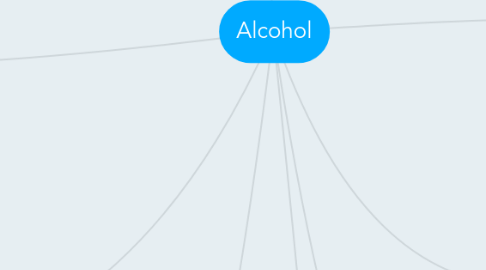Alcohol
Usman Qureshi - Erindale SS (2322)により

1. Treatment
2. Interesting Facts
3. Statistics
4. Methods of Consumption
5. Why Do Kids Do Drugs?
6. Usually when someone is poisoned by overdose of alcohol they are –
6.1. Monitored very closely
6.2. Are checked if they can breathe properly or if there choking or not
6.3. Are given oxygen therapy
6.4. There are fluids given through a vein to prevent dehydration
6.5. Different types of vitamins and glucose is given to the patient so the alcohol poisoning doesn’t get out of hand
7. • 70% of 18-year-olds admit to drinking an alcoholic beverage at least once, while 80% of college-aged students report consuming alcohol. • Binge drinking is when a large amount of alcohol is consumed in a short period of time. For men, this is 5 or more drinks within 2 hours, and for women, 4 or more. • Every year in the U.S., roughly 5,000 people under the age of 21 die from an alcohol-related incident including car crashes, homicides, suicides, alcohol poisoning and other related injuries. • Men are consistently more likely than women to drink. • Alcohol is a substance that impairs judgement when consumed and can lead to drinking and driving, unintended sexual activity, violence or other dangerous behaviors.
8. • Adults (ages 18+): 16.3 million adults ages 18 and older, (6.8 percent of this age group) had an alcohol use disorder in 2014. This includes 10.6 million men (9.2 percent of men in this age group) and 5.7 million women (4.6 percent of women in this age group). • In 2010, alcohol misuse problems cost the United States $249.0 billion. • In 2012, 3.3 million deaths, or 5.9 percent of all global deaths • 34.7 percent of 15-year-olds report that they have had at least 1 drink in their lives • Approximately 1.3 million people ages 12–20 were heavy drinkers
9. Alcohol is mostly consumed by drinking it in large amounts, it affects everyone in a different way depending on- • How much you drink • How often you drink • Your age • Your health status • Your family history
10. Slang Names
11. Short Term Effects
12. Long Term Effects
13. • Juice • Hard stuff • Sauce • Hooch • booze
14. • Vomiting-High doses • Passing out-High doses • Alcohol poisoning/coma/death-High doses
15. • A relaxing effect-Low doses • Reduced tension-Low doses • Slow reflexes-Low doses
16. • Slurred speech-Medium doses • Sleepiness-Medium doses • Poor vision-Medium doses
17. • Disrupts normal brain development • Liver damage and cirrhosis of the liver • Brain cells die, decreasing brain mass • Blood pressure increases, causing heart disease, heart attack, or stroke • Lower levels of iron and vitamin B, causing anemia • Effects on community
18. • Other People — Teenagers see lots of people drinking alcohol. They see their parents and other adults drinking alcohol. Sometimes friends urge one another to try a drink, and most kids would get pressured by their friends to drink. But it’s just as common for teens to start drinking because it’s easy to get and they see all their friends enjoying it.
19. • Escape and Self-Medication — When teens are unhappy and can’t find a healthy way to deal with their frustration/conflict, they may turn to drinking for relief. The rough teenage years can take an emotional toll on children, sometimes causing depression, so when teens are given a chance to take something to make them feel better, they can’t resist.
20. • Boredom/Loneliness-Teens who can’t tolerate being alone, have trouble keeping themselves occupied, or crave excitement are prime candidates for drinking. When they would get their hands on drinks to make them feel a rush they also meet some people who do the same thing for the same reason, which fills the void for their loneliness.
21. • Instant enjoyment—Alcohol work quickly. The effects feel really good. Teenagers turn to drinking because they see it as a short-term shortcut to happiness.
22. • Rebellion — Different rebellious teens choose different substances to use based on their personalities/situations. Alcohol is the drug of choice for the angry teenager because it frees him to behave aggressively. Teens would drink to feel more free and let their feelings out more easier.


